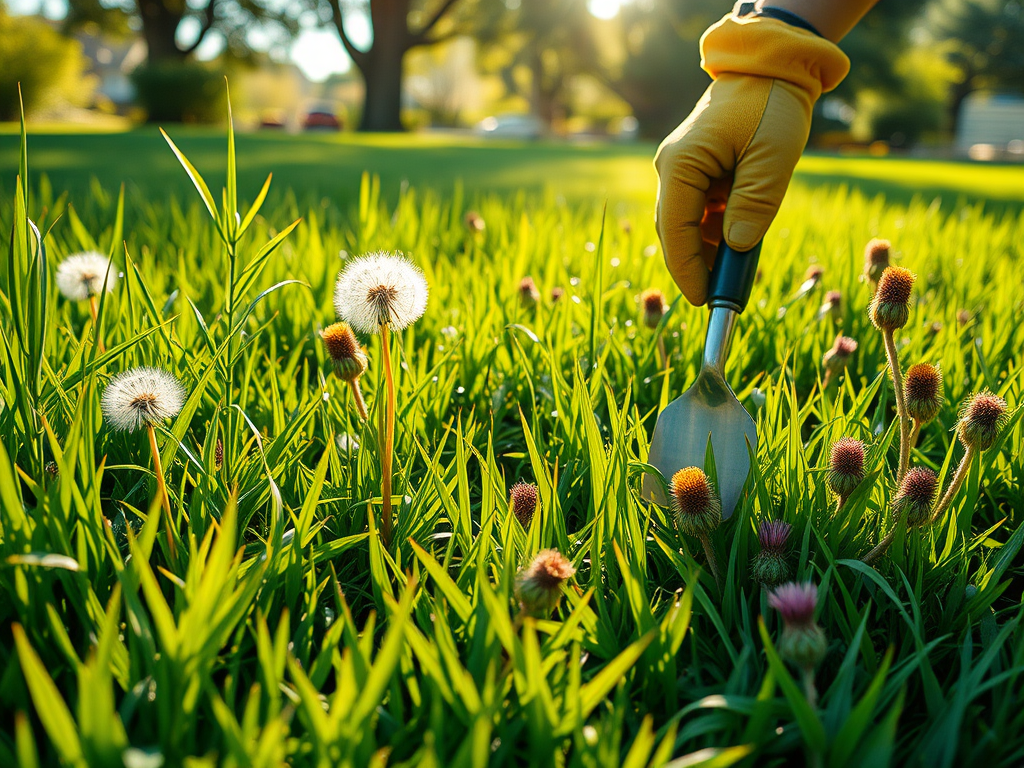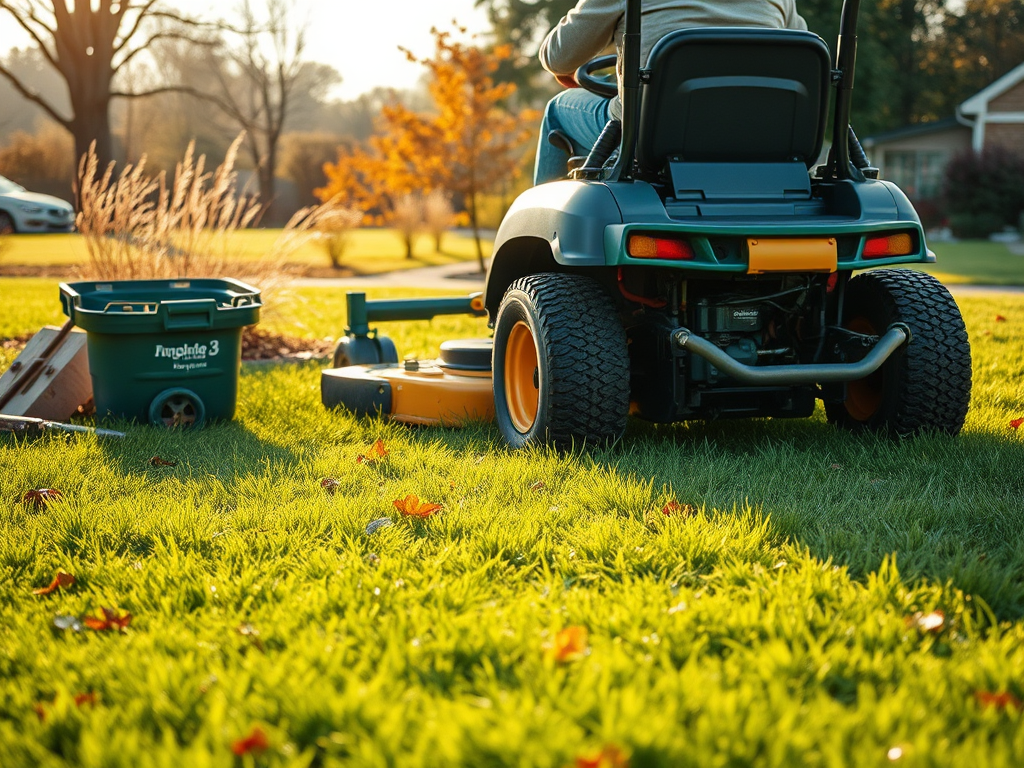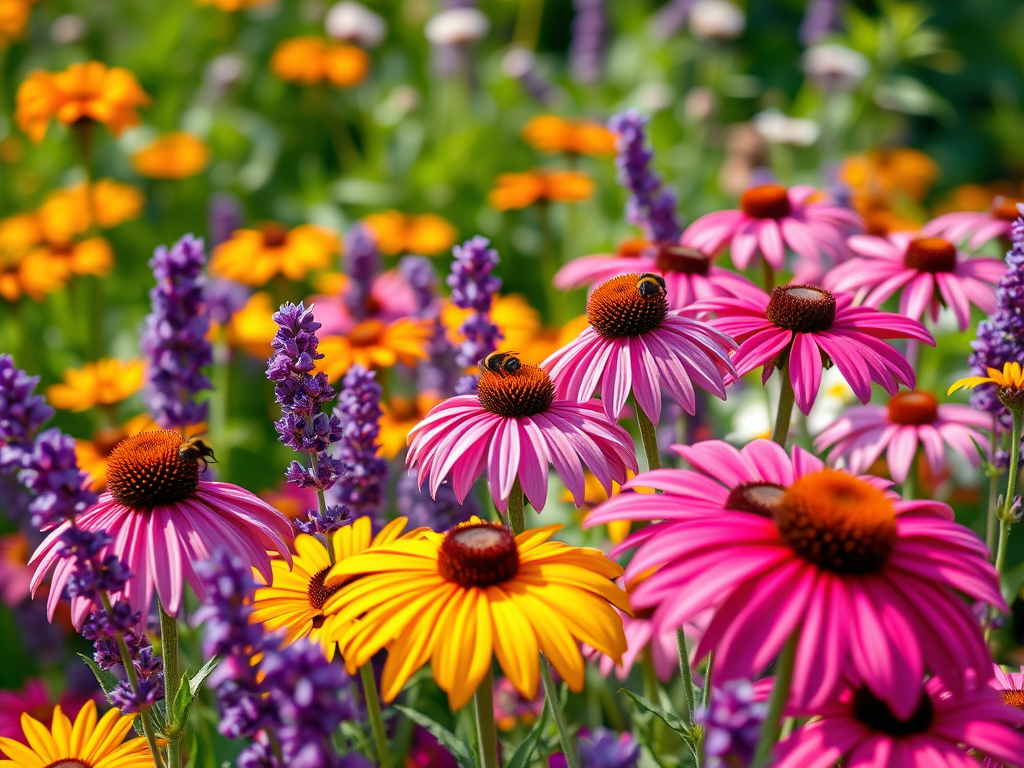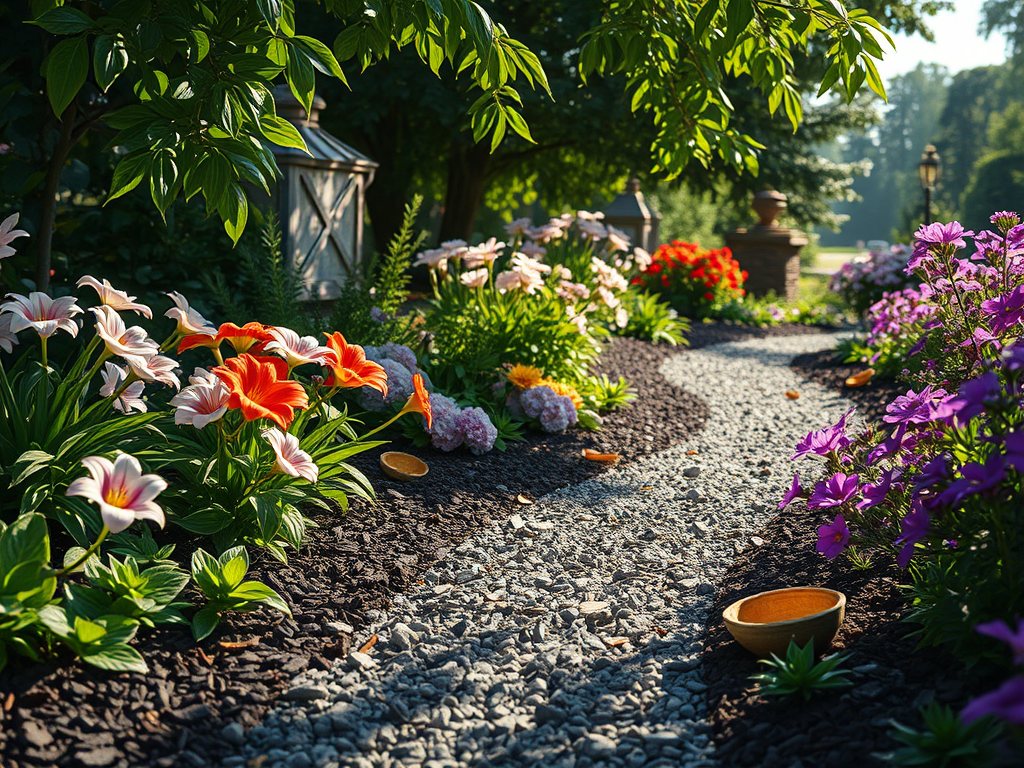Lawn weeds are an inevitable part of gardening, but they don’t have to entirely take over your lawn. The key to managing weeds effectively is understanding how to prevent them from growing, how to deal with them when they do appear, and how to maintain a healthy lawn that can resist them. Here are some thoughts on handling weeds–ensuring your yard stays healthy and beautiful.
Prevention is Key
The best way to deal with weeds is to prevent them from growing in the first place. One of the most effective methods is to maintain a thick, healthy lawn. Weeds are opportunistic, and thrive in weak or thin areas of grass where they don’t have to compete with other plants (such as your grass), so ensure your lawn is regularly mowed, watered, and fertilized. Aerating your lawn helps relieve soil compaction and allows nutrients, water, and air to reach the roots, promoting healthier grass. Additionally, mulching around flower beds and trees can prevent weeds from sprouting by blocking sunlight. Asking your landscape provider about having a pre-emergent herbicide (for crabgrass or other weeds) applied in early spring can also stop weed seeds from germinating, which sets you up for success throughout the remainder of the season.
Manual Removal
When weeds do appear, the most environmentally friendly method to handle them is manual removal. Pulling weeds by hand or using a weed-pulling tool ensures you get rid of the entire root, which prevents them from growing back. The best time to pull weeds is after a rainfall or during a cool, wet morning when the soil is soft. Make sure to wear gloves to protect your hands and minimize contact with any potentially harmful plants like poison ivy, poison oak, or others. For larger weeds, or those with large tap-roots, such as dandelions or thistles, using a weeding tool will allow you to remove the roots easily without disturbing surrounding grass. There are several different styles of weeding tool that you can use–it pays to take the time to find the one that works best for you and your particular setting.
Chemical Control
If manual removal isn’t enough or you have a particularly stubborn weed problem, chemical control may be necessary. Herbicides can be very effective, but it’s essential to use the right kind for your lawn and follow the instructions carefully. In BC, most of the more effective herbicides need to be applied by a licensed professional–which comes with the bonus of reducing your own exposure to the chemicals, if that’s a concern to you.
Broadleaf weeds, such as dandelions, can often be controlled with selective herbicides that target specific weeds while leaving your grass untouched.
Always apply herbicides on a calm day to avoid drift, avoid spraying when your lawn is stressed from drought or extreme heat, and follow any directions on the label regarding PPE, application tips, etc.
Maintaining Lawn Health
A healthy lawn is your best defense against weeds. Regular lawn care practices such as proper mowing, watering, and fertilization create an environment where grass can outcompete weeds. Make sure to mow your grass to the right height (typically 2.5-3 inches) to encourage deeper root growth and shade out weeds. Deep watering once or twice a week is more effective than frequent (daily) shallow watering, as it encourages roots to grow deeper into the soil. Fertilize your lawn during the growing season with balanced nutrients to help it stay strong and resist weed invasion.
Conclusion
Handling lawn weeds well requires a combination of prevention, manual removal, chemical control (if needed), and regular lawn maintenance. By following these steps, you can keep weeds at bay while ensuring your grass stays lush, healthy, and free from these unsightly invaders. With a little patience and effort, your lawn can remain beautiful and virtually weed-free.




